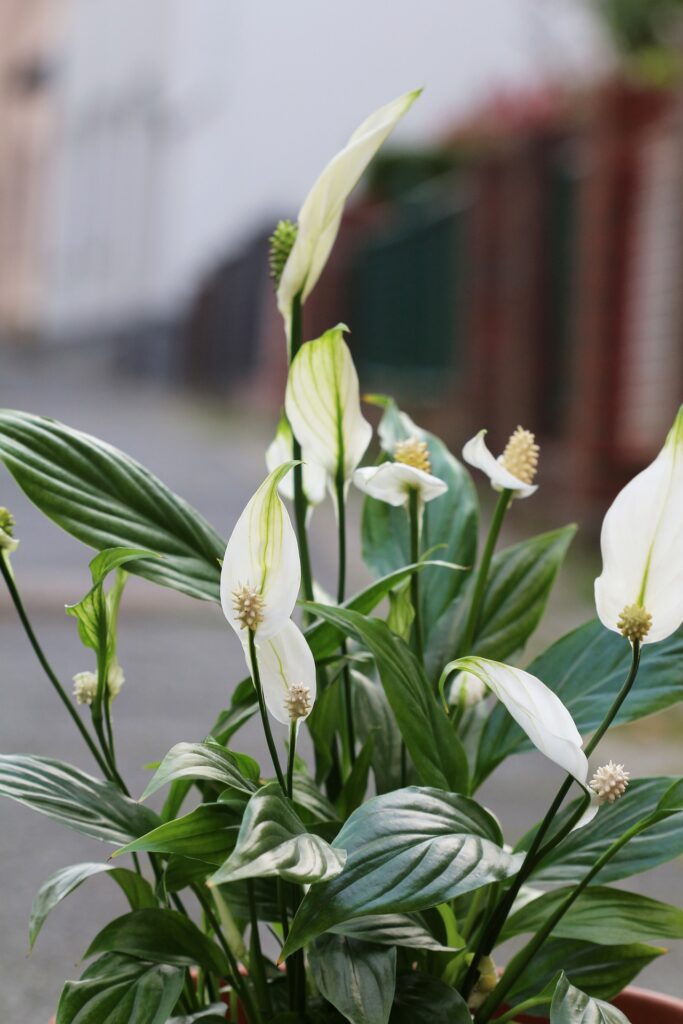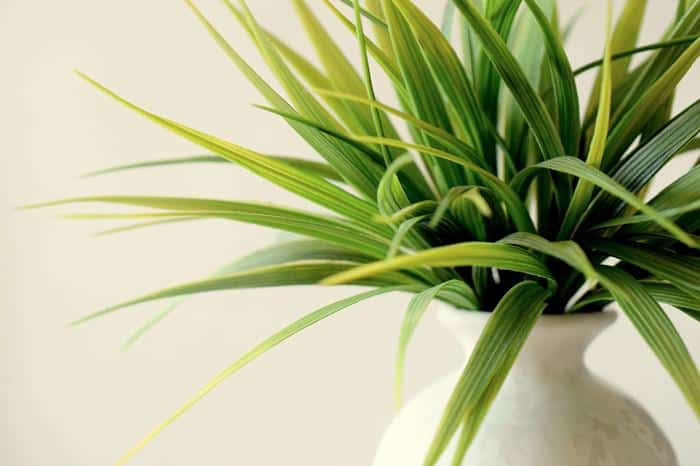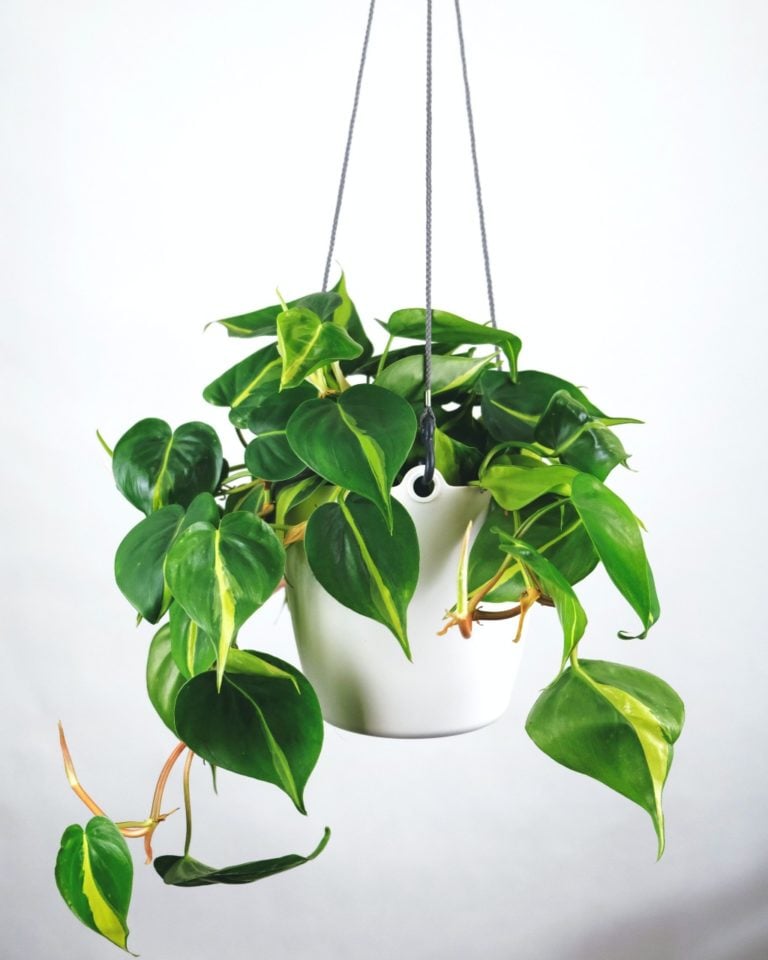Spathiphyllum Sensation: A Comprehensive Guide to Care and Maintenance
If you’re looking for a bold and impressive houseplant to add to your indoor garden, look no further than the Spathiphyllum ‘Sensation.’ This stunning plant, commonly known as the peace lily, is the largest cultivar of its kind and is known for its beautiful foliage and air-purifying qualities. With vibrant, deeply ribbed leaves, this eye-catching plant makes a statement in any space, be it your living room, bedroom, or office.

As a peace lily variety, the Spathiphyllum ‘Sensation’ can thrive under various light conditions, but it will be happiest in medium to bright indirect light. This allows it to maintain energy levels for flowering and promotes healthy growth. Watering your ‘Sensation’ when the top 2-3 inches of the soil is dry will ensure it stays hydrated without being overwatered.
When treating your Spathiphyllum ‘Sensation’ with the proper care, you can expect a stunning, low-maintenance plant that helps clean your indoor air while elevating the aesthetic of your home. This captivating addition to your space is sure to bring a sense of serenity and lush greenery that will impress all who encounter it.
Table of Contents
Spathiphyllum Sensation Overview
Origin and Distribution
Spathiphyllum Sensation, commonly known as the Peace Lily, is a popular and versatile houseplant. Originating from tropical regions in Central and South America, it has adapted well to indoor environments, making it a favorite among plant enthusiasts. The Sensation cultivar is the largest variety, providing a bold and visually striking addition to your home or office.
Appearance
The Spathiphyllum Sensation is characterized by its large, deeply ribbed leaves that create a wild and lush vibe. Compared to other varieties, the Sensation’s leaves grow up to 1 meter in length, with a glossy dark green color. This layered growth pattern contributes to its attractiveness, especially when not in bloom.
The Sensation also produces a unique white flower, referred to as a spathe. This flower emerges from the base of the plant and stands out against the dark green foliage. However, even without the flower, the Sensation remains a visually appealing and easy-to-maintain plant, perfect for enhancing your living spaces.
Care and Maintenance
Soil Requirements
To ensure proper growth, select well-draining, fertile soil for your peace lily (spathiphyllum sensation). Adding perlite or vermiculite can promote better drainage, while incorporating compost or peat moss can help maintain consistent moisture levels. Remember to choose a pot that has enough drainage holes to prevent waterlogging.
Light Requirements
Spathiphyllum sensation thrives in bright, filtered light. Avoid placing it in direct sunlight, as this can lead to scorching the leaves. Ideal spots include a north or east-facing window where the plant can receive a reasonable amount of indirect light.
Watering
Monitor the soil moisture levels and water your peace lily when the soil partially dries out. On average, watering once a week should be sufficient. Spritzing the leaves regularly can help maintain adequate humidity. For optimal results, use filtered or dechlorinated water. If you’re unsure when to water your plant, keep an eye out for drooping leaves, a primary indication that it requires hydration.
Fertilizing
Fertilize your spathiphyllum sensation monthly during the growing season using a balanced houseplant fertilizer. Apply every six weeks, starting in late winter, to promote spring and summer growth source.
Pruning
Occasionally prune your peace lily to maintain its appearance and promote healthy growth. Remove any yellow or brown leaves, as well as spent flowers to encourage new growth. Always use clean and sharp tools to avoid damaging your plant or spreading diseases.
Repotting
Repot your spathiphyllum sensation every 2 to 3 years or when you notice the plant becoming root-bound. Be sure to select a pot slightly larger than the current one, approximately 1 to 2 inches in diameter. Use fresh potting soil when repotting to ensure proper nutrition and drainage for your plant. Handle the roots gently to avoid any damages while transferring the plant to the new container.
Common Issues and Solutions
Yellowing Leaves
Yellowing leaves could be a sign of overwatering or underwatering your Spathiphyllum Sensation. To identify the issue, check the soil moisture by sticking your finger into the soil about 1-2 inches deep. If it’s soggy, you need to reduce your watering frequency, while if it’s dry, consider increasing the frequency. Remember to water when the top 2-3 inches of soil is dry source.
Another potential cause of yellow leaves is insufficient light. Ensure your plant receives medium to bright indirect light to sustain healthy growth.
Brown Tips
Brown tips on the leaves are often a result of a lack of humidity. To increase humidity for your plant, try the following methods:
- Place the plant on a tray filled with water and pebbles, making sure the water doesn’t touch the pot.
- Mist the leaves with lukewarm water regularly.
- Group your Sensation with other plants to create a microclimate with higher humidity.
It’s essential to maintain a consistent temperature and avoid placing your plant close to radiators or air conditioning vents.
Pest Infestations
Spathiphyllum Sensation can be prone to common pests like mealybugs, spider mites, and aphids. If you notice signs of infestation, take the following steps to remedy the issue:
- Isolate the affected plant from other plants.
- Remove the pests using a soft cloth or cotton swabs soaked in alcohol.
- Apply insecticidal soap or neem oil to the plant, following the product’s specific instructions.
- Monitor your plant closely for signs of re-infestation.
By swiftly addressing these issues, you can ensure your Spathiphyllum Sensation remains healthy and beautiful.
Health Benefits and Air Purification
Spathiphyllum Sensation, also known as the Peace Lily, is not just a beautiful addition to your indoor space, but it offers numerous health benefits as well. This plant is known for its ability to improve indoor air quality, making it perfect for bedrooms, living rooms, and offices.
The Peace Lily has been proven to help reduce Volatile Organic Compounds (VOCs) found in indoor air. These compounds are emitted from everyday items such as cleaning products, paint, and even some furniture. By absorbing these harmful chemicals, the Spathiphyllum Sensation contributes to a healthier environment for you and your family.
Aside from reducing VOCs, this plant also absorbs airborne mold spores, which are a common allergen. By filtering out these allergens, the Peace Lily can help promote better sleep and overall well-being.
To fully reap the benefits of the Spathiphyllum Sensation’s air purification capabilities, it’s essential to provide the plant with proper care. This includes placing it in a spot with medium to bright indirect light to encourage flowering and ensure optimal growth. Furthermore, water your plant when the top 2-3 inches of soil become dry to maintain healthy moisture levels.
In addition to its air-purifying qualities, the Peace Lily is known for increasing indoor humidity. This can be especially beneficial for those with respiratory issues or dry skin, as higher humidity levels can help alleviate these symptoms.
By incorporating a Spathiphyllum Sensation into your home, you’re taking a step toward creating a healthier living space for yourself and your loved ones.
Propagation Techniques
Spathiphyllum Sensation is a popular houseplant known for its attractive foliage and air-purifying qualities. Propagating this plant can be done using different methods. In this section, we will discuss two commonly used techniques: Division and Plantlets.
Division
Dividing your Spathiphyllum Sensation is one of the easiest ways to propagate the plant. Here are the steps to follow:
- Begin by carefully removing your plant from its current pot. Gently shake off any excess soil to expose the root system.
- Look for natural divisions within the root ball, where juvenile plants are attached to the main plant by separate roots.
- Using a clean, sharp knife or pruning shears, carefully cut through the roots to separate the new plants from the parent plant. Make sure each division has a decent amount of healthy roots.
- Plant each division into a new container filled with well-draining potting mix. Water the newly potted divisions thoroughly and place them in a location with bright, indirect light.
- Monitor the divisions closely for the first few weeks, ensuring they receive adequate water and humidity to encourage new root growth.
Keep in mind that division is best done during the plant’s dormant period or just before the growing season starts to give the divisions the best chance to establish themselves in their new pots.
Plantlets
Another method to propagate Spathiphyllum Sensation is by using plantlets, which are small new plants that develop around the base of the parent plant. Here’s how to propagate using plantlets:
- Carefully examine the base of your Spathiphyllum Sensation, looking for plantlets with developed roots and at least a couple of leaves.
- Using a spoon or a small trowel, gently dig around the plantlet to expose its root system.
- Carefully separate the plantlet from the mother plant, making sure to preserve as much of the root system as possible.
- Plant your plantlet into a small pot with well-draining potting mix.
- Water the plantlet well and place it in a location with bright, indirect light.
- Keep an eye on your plantlet, maintaining proper watering and humidity levels, until it establishes itself in the new pot and starts to develop new growth.
Both of these techniques can result in new, healthy Spathiphyllum Sensation plants that you can add to your collection or share with friends and family. Give any of these methods a try, and with a little care and patience, you’ll have more beautiful, air-purifying plants in no time.
Summary
Spathiphyllum Sensation is a popular indoor plant that is known for its striking foliage and white flowers. It is easy to care for and can thrive in low-light conditions. It is a great air purifier and can help remove harmful chemicals from the air. Stick around to read more about plants for all types of environments and situations.


